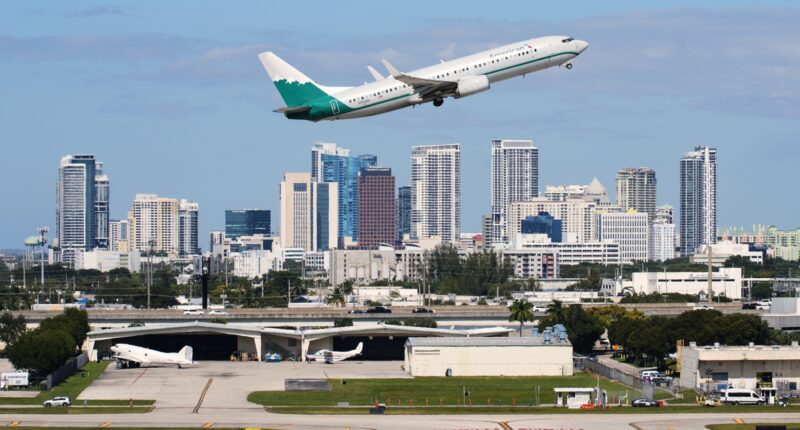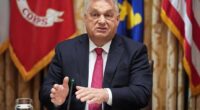Share this @internewscast.com
The Federal Aviation Administration (FAA) announced on Sunday that it is lifting all previously imposed restrictions on commercial flights at 40 major airports. These measures were in place during the nation’s longest government shutdown in history. Starting Monday at 6 a.m. EST, airlines will be able to return to their regular flight schedules.
This update came via a joint statement from Transportation Secretary Sean P. Duffy and FAA Administrator Bryan Bedford. The restrictions were initially put in place due to safety concerns stemming from staffing shortages at air traffic control facilities during the shutdown.
Since November 7, these restrictions have been affecting thousands of flights across the United States, with major airports in cities like New York, Chicago, Los Angeles, and Atlanta feeling the impact the most.
The FAA’s unprecedented decision to limit air traffic was primarily driven by a need to maintain safety as staffing levels decreased. Initially, flight cuts began at 4%, escalating to 6% at the height of the staffing crisis. However, as conditions improved and the 43-day shutdown concluded, the FAA reduced the restrictions back to 3% last Friday.
Impacted airports included large hubs in New York, Chicago, Los Angeles and Atlanta.
The flight cuts started at 4% and later grew to 6% before the FAA on Friday rolled the restrictions back to 3%, citing continued improvements in air traffic controller staffing since the record 43-day shutdown ended.
The FAA statement said an FAA safety team recommended the order be rescinded after “detailed reviews of safety trends and the steady decline of staffing-trigger events in air traffic control facilities.”
The statement said the FAA “is aware of reports of non-compliance by carriers over the course of the emergency order. The agency is reviewing and assessing enforcement options.” It did not elaborate.
Cancellations hit their highest point Nov. 9, when airlines cut more than 2,900 flights because of the FAA order, ongoing controller shortages and severe weather in parts of the country. But conditions began to improve throughout the week as more controllers returned to work amid news that Congress was close to a deal to end the shutdown. That progress also prompted the FAA to pause plans for further rate increases.
The agency had initially aimed for a 10% reduction in flights. Transportation Secretary Sean Duffy has said worrisome safety data showed the move was necessary to ease pressure on the aviation system and help manage worsening staffing shortages at air traffic control facilities as the shutdown entered its second month and flight disruptions began to pile up.
Air traffic controllers were among the federal employees who had to continue working without pay throughout the shutdown. They missed two paychecks during the impasse.
Duffy hasn’t shared the specific safety data that prompted the cuts, but he cited reports during the shutdown of planes getting too close in the air, more runway incursions and pilot concerns about controllers’ responses.
Airline leaders have expressed optimism that operations would rebound in time for the Thanksgiving travel period after the FAA lifted its order.
.

















